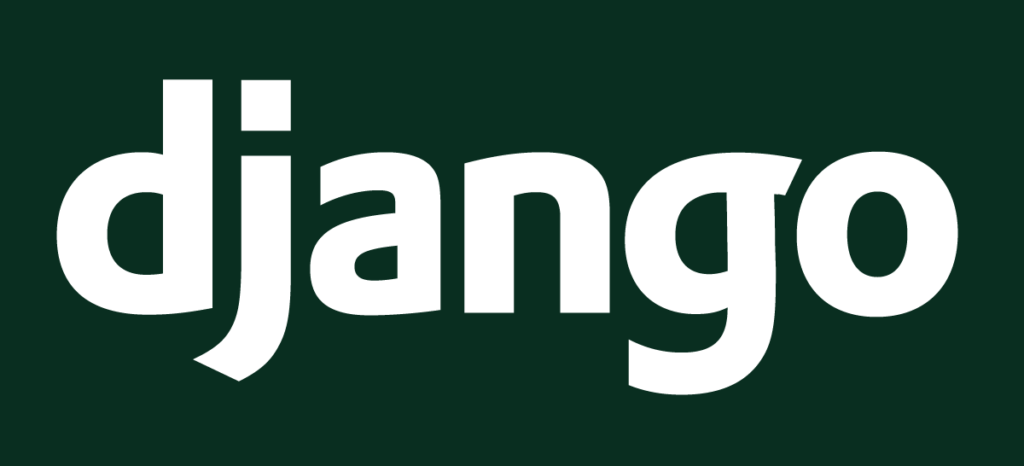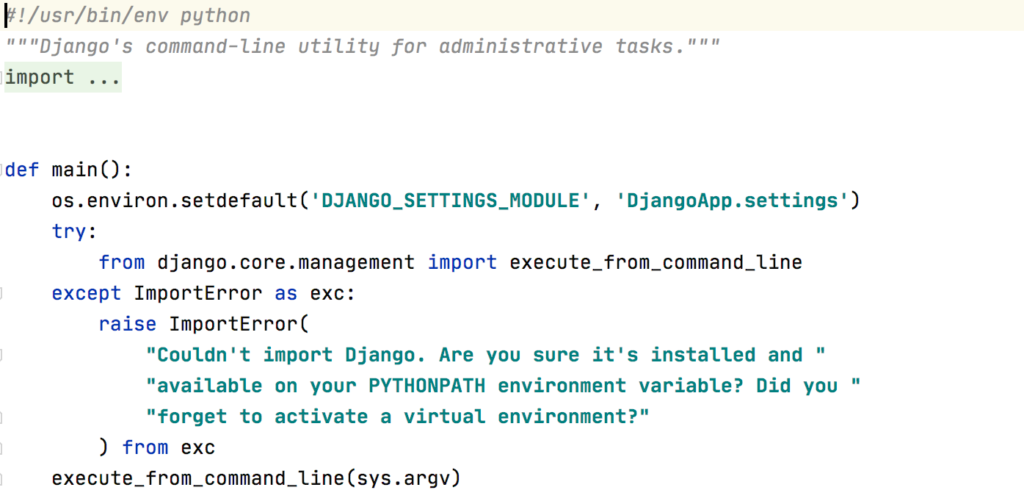Django
WHAT IS DJANGO?
- Django is a high-level web framework written in Python, designed to simplify and accelerate web application development.
- It follows the model-view-controller (MVC) architectural pattern, enabling developers to separate concerns and maintain clean code structure.
- Django offers a wide range of built-in features and libraries for common web development tasks, such as database management, URL routing, form handling, user authentication, and more.
- It emphasizes rapid development by reducing boilerplate code and providing ready-to-use components, allowing developers to focus on core application logic and functionality.

USE OF DJANGO
- Django is used for developing web applications, providing a solid foundation for building dynamic, data-driven websites.
- It facilitates rapid development by offering built-in features and conventions, reducing repetitive code and allowing developers to focus on implementing business logic.
- Django is scalable and performs well under high traffic loads, with support for caching, database optimization, and load balancing.
- Security is a top priority in Django, offering built-in protection against common web vulnerabilities such as XSS, CSRF, and SQL injection.
- The framework includes a built-in administrative interface, making it easy to create and manage application models and data.
WHAT ARE THE FEATURES OF DJANGO?
Model-View-Controller (MVC) Architecture – Django follows the MVC architectural pattern, allowing developers to separate the data models, business logic (views), and presentation layer (templates), promoting code organization and maintainability.
Object-Relational Mapping (ORM) – Django provides a powerful ORM that simplifies database interactions. It abstracts the database layer, allowing developers to work with database models as Python objects, reducing the need for manual SQL queries and making database operations more intuitive.


URL Routing and View Functions – Django includes a URL routing system that maps URLs to view functions or classes. This allows developers to define URL patterns and handle incoming requests, providing a clean and structured way to organize the application’s URLs and associated logic.
Templating Engine – Django comes with a built-in templating engine that enables the separation of HTML markup from Python code. Templating allows for dynamic rendering of content, easy data manipulation, and reuse of template components, enhancing code readability and maintainability.
THE BENEFITS OF LEARNING TO CODE WITH DJANGO
Rapid Development – Django offers a high-level and streamlined development process, allowing developers to build web applications quickly and efficiently. Its built-in features, such as the administrative interface and ORM, significantly reduce the need for repetitive code and simplify common development tasks.
Scalability and Performance – Django’s scalability features, including caching, database optimization, and load balancing, make it suitable for handling high traffic and scaling applications as they grow. Its performance optimizations contribute to faster execution and response times.
Versatility and Flexibility – Django is a versatile framework that can be used for a wide range of web applications, from small projects to large-scale websites. It supports different types of databases, integrates with other technologies, and provides flexibility in choosing tools and libraries.
Security – Django prioritizes security by providing built-in measures against common web vulnerabilities. Its authentication and authorization features, along with protection against CSRF and XSS attacks, help developers build secure web applications.
